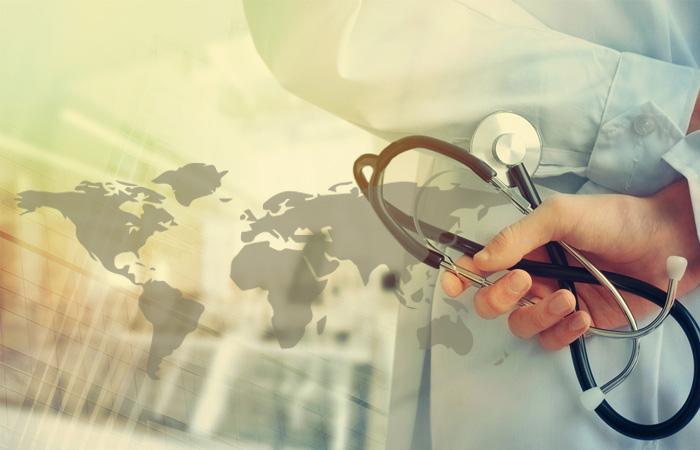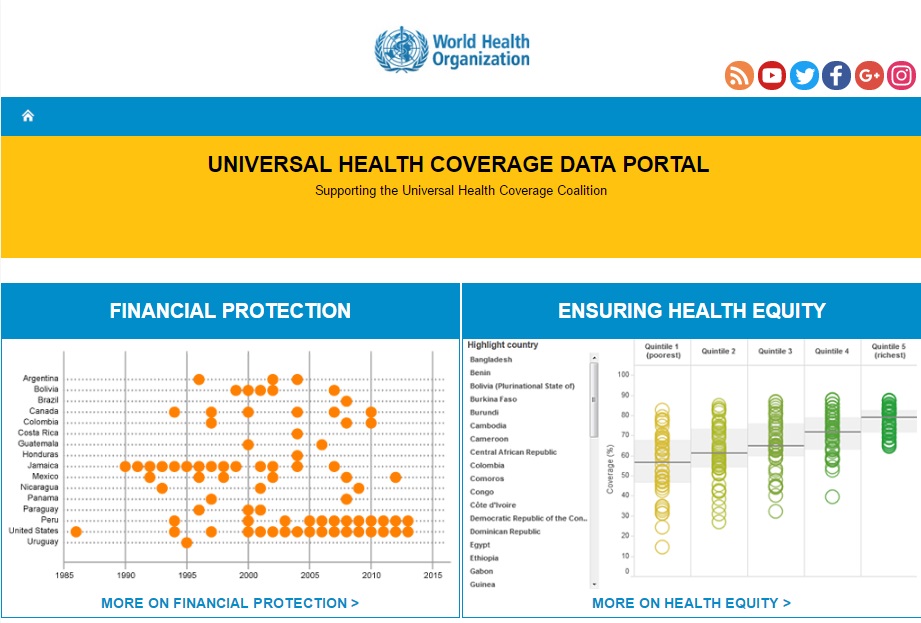
According to the World Health Organization, nowadays at least 400 million people on the world do not have access to any of the most essential health services: primary care, vaccination, medicines... In fact, about 32% of health expenditure in each country comes from the direct payment of the population. To achieve universal health coverage, it is necessary to transform the way in which these services are financed and managed, which should be focused on the needs of the community.
In this context, on the occasion of the Universal Health Coverage Day, on December 12, the World Health Organization (WHO) launched a new data portal to continue advancing towards this goal worldwide. Thus, the platform provides the latest information on access to health services in each of the 194 WHO member states, adding this year 2017 data on the impact that paying for these services has on household finance.
According to Dr. Margaret Chan, Director-General of WHO: “Data on its own won’t prevent disease or save lives, but it shows where governments need to act to strengthen their health systems and protect people from the potentially devastating effects of health care costs”.
Last year, governments set the goal of achieving universal health coverage in 2030 as part of the Sustainable Development Goals (SDGs) established by the UN. Thus, United Nations working group responsible for deciding how to monitor progress towards the SDGs agreed on two indicators to measure progress in this regard: on the one hand, the proportion of the population with access to the sixteen essential health services and, on the other hand, the number of citizens who spend more than 25% of the household income on health. The new WHO portal collects all these data, providing an overall snapshot of the status of the UHC in each country.

Thanks to the data provided by this platform, it is possible to identify those countries that have advanced towards universal coverage with low spending, while other nations achieve lower levels even though their investment is higher; drawing the following conclusions:
- About 44% of WHO’s member states report having less than 1 physician per 1000 population; or
- The African Region suffers almost 25% of the global burden of disease but has only 3% of the world’s health workers.
Other data initiatives of the WHO
Parallel to the previous data initiative, WHO also has the World Health Observatory: an access point to the data and statistics that the organization conducts in the world. This Observatory offers this health information through an interactive repository that allows the visualization of the data of each country, their download in Excel format and the access to the analysis and reports that the entity carries out to monitor the situation and the international, national and regional trends.
All this information is organized in thematic pages that show the global status through regularly updated indicators, providing, in turn, publications related to each area and related web references both internal and external.
Thanks to the World Health Organization's work collecting and processing data, it is possible to monitor the achievement of the Sustainable Development Goals (SDGs), especially those indicators that track the situation and progress in the health sector, such as the access to essential services and the universal health coverage.